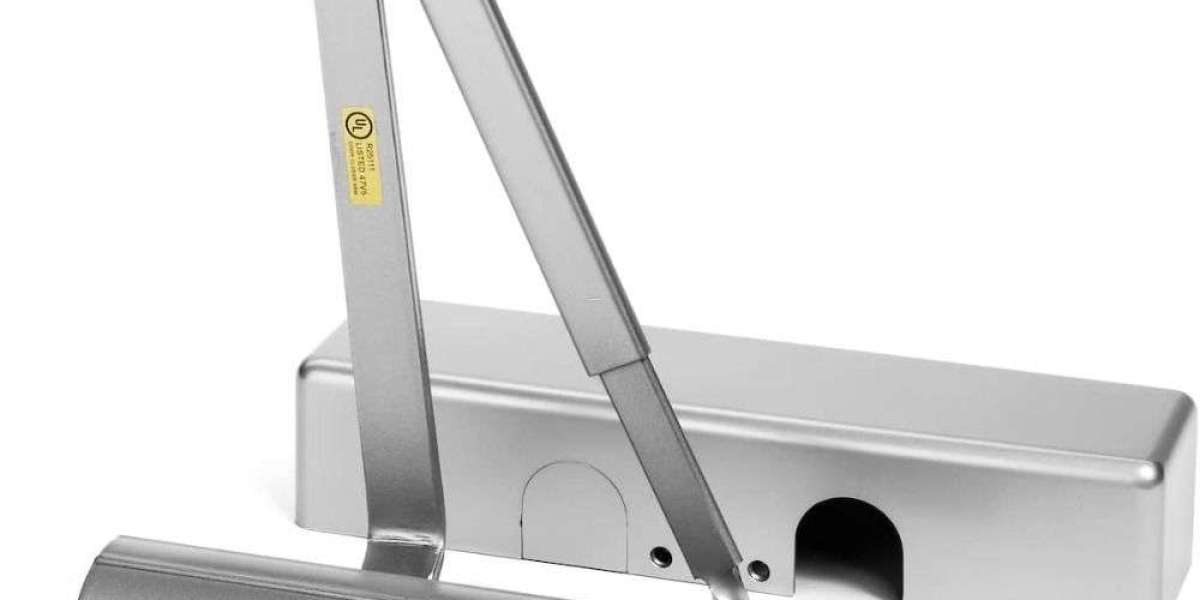This article provides a detailed comparison of guide rails with other linear motion systems, highlighting their differences in design, performance, and applications. We’ll also discuss how to select the optimal solution for your project and showcase how guide rails continue to evolve to meet the demands of modern engineering.
Guide Rails: An Overview
Guide rails are mechanical systems that enable smooth, low-friction movement along a straight axis. They consist of a profiled rail(a hardened steel rail with multiple raceways) and a carriage(a block with recirculating rolling elements—balls or rollers). The rolling elements move along the rail’s raceways, reducing friction and enabling smooth motion. Key features include:
- •
High Load Capacity: Supports radial, axial, and moment loads simultaneously.
- •
Precision: Achieves micron-level accuracy with preloaded designs.
- •
Rigidity: Resists deformation under heavy forces, ensuring stability.
- •
Versatility: Available in various sizes (miniature to heavy-duty) and configurations.
Comparison with Other Linear Motion Systems
1. Guide Rails vs. Linear Slide Bearings
Linear Slide Bearings (e.g., plain bearings or ball-bearing slides) are simpler systems that use sliding or rolling elements to facilitate motion along a shaft or rail.
Feature | Guide Rails | Linear Slide Bearings |
|---|---|---|
Load Capacity | High (up to 200,000 N) | Medium (up to 5,000 N) |
Precision | High (±0.001 mm) | Standard (±0.01–0.1 mm) |
Rigidity | High (resists deflection) | Low (prone to bending) |
Cost | Moderate–High | Low |
Best For | CNC machines, heavy automation | DIY projects, light automation |
When to Choose Guide Rails: For applications requiring high precision, heavy loads, or resistance to vibration.
When to Choose Slide Bearings: For cost-sensitive, low-load tasks like 3D printers or small conveyors.
? [Explore high-precision guide rails] for demanding applications.
2. Guide Rails vs. Ball Screws
Ball Screws convert rotational motion (from a motor) into linear motion using recirculating balls between a screw and nut. They are ideal for precise positioning but are limited by speed and complexity.
Feature | Guide Rails | Ball Screws |
|---|---|---|
Motion Type | Direct linear motion | Linear motion via screw rotation |
Speed | High (up to 5 m/s) | Moderate (limited by screw length) |
Precision | High (with preloaded guides) | Very High (with preloaded nuts) |
Load Capacity | High (distributed across rail) | Medium (concentrated on screw) |
Best For | High-speed automation | Precision positioning |
When to Choose Guide Rails: For applications prioritizing speed, rigidity, and multi-axis motion.
When to Choose Ball Screws: For tasks requiring high thrust force and precise linear displacement.
? [Discover ball screw solutions] for high-force tasks.
3. Guide Rails vs. Belt-Driven Systems
Belt-Driven Systems use a motorized pulley and belt to move a carriage along a rail. They are lightweight, fast, and cost-effective but lack the rigidity of guide rails.
Feature | Guide Rails | Belt-Driven Systems |
|---|---|---|
Load Capacity | High (up to 200,000 N) | Low–Medium (up to 1,000 N) |
Speed | Moderate (up to 2 m/s) | High (up to 10 m/s) |
Rigidity | High (resists vibration) | Low (prone to deflection) |
Best For | Heavy automation | High-speed, low-load tasks |
When to Choose Guide Rails: For stable, high-load motion where vibration control is critical.
When to Choose Belt Systems: For lightweight, high-speed tasks like packaging or material handling.
Selection Criteria for Guide Rails
To choose the right guide rail system for your project, consider:
- 1.
Load and Force Requirements: Calculate dynamic and static loads, including moment loads.
- 2.
Precision and Repeatability: Determine the required accuracy (e.g., ±0.001 mm for CNC applications).
- 3.
Speed and Acceleration: Ensure the guide rail can handle the required speed and acceleration.
- 4.
Environmental Conditions: Consider corrosion resistance, dust protection, and temperature tolerance.
- 5.
Maintenance: Choose systems with sealed designs or long-lasting lubrication to minimize maintenance.
Why Guide Rails Remain a Popular Choice
Despite the availability of advanced alternatives, guide rails continue to be widely used due to their:
- •
Precision: Micron-level accuracy for high-precision tasks.
- •
Load Capacity: Ability to handle heavy loads without deformation.
- •
Versatility: Available in miniature, standard, and heavy-duty configurations.
Whether you’re building a CNC machine or designing a medical device, guide rails offer a reliable, high-performance solution for linear motion.
Conclusion
Guide rails are a cornerstone of modern linear motion systems, offering a balance of precision, load capacity, and durability. By understanding their advantages, limitations, and comparisons with other technologies, engineers can make informed decisions to optimize their designs.
For high-quality guide rail solutions, YH offers expert guidance and products tailored to your specific needs.








